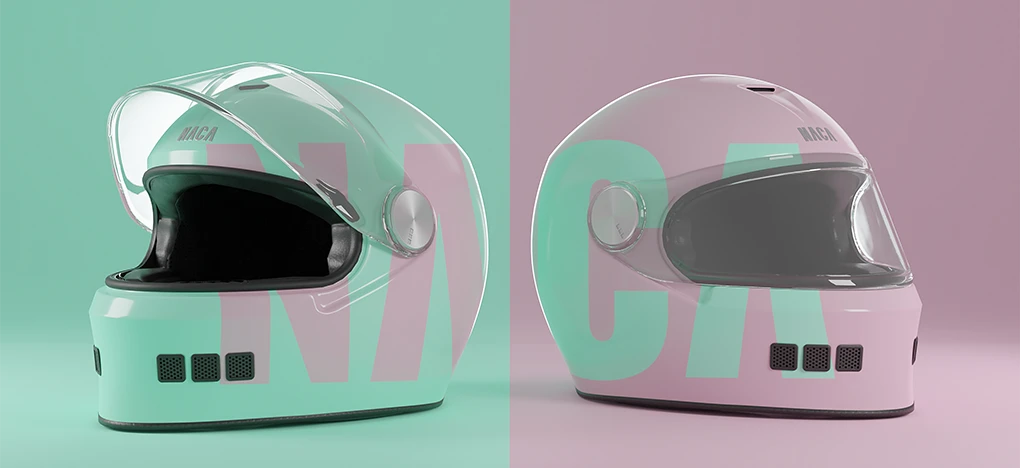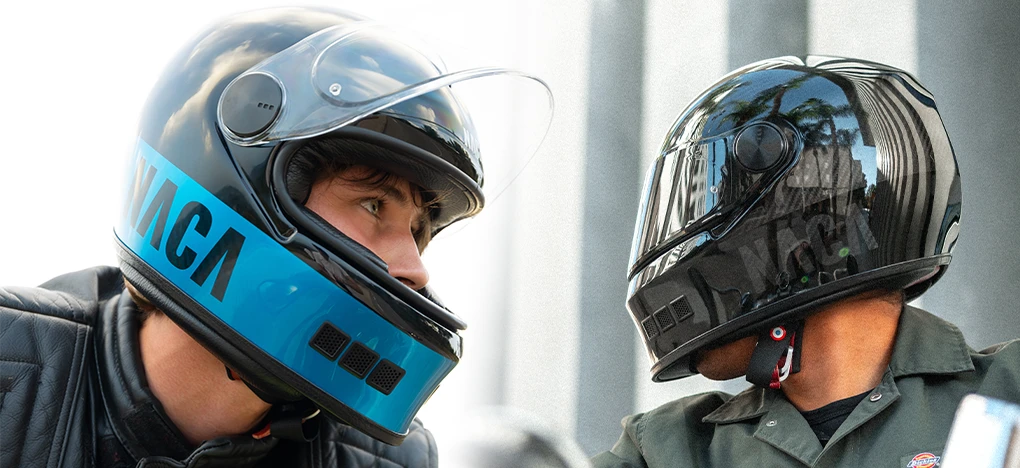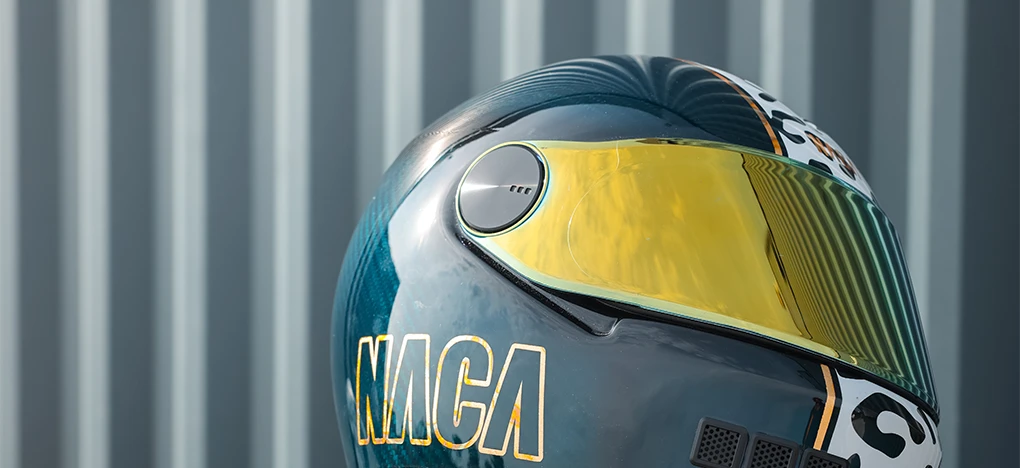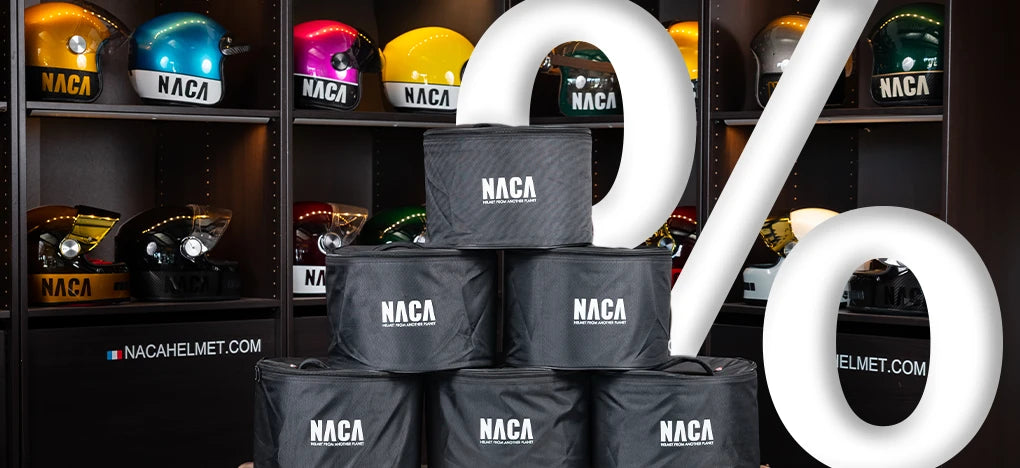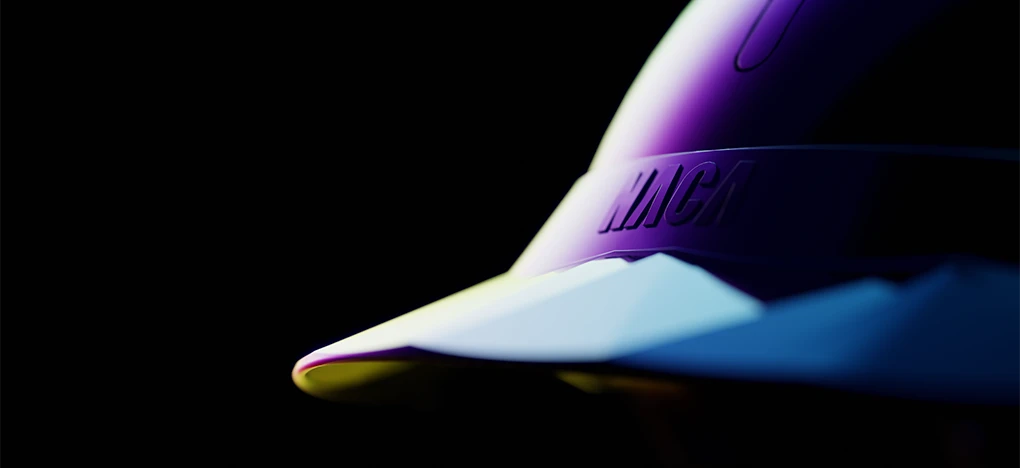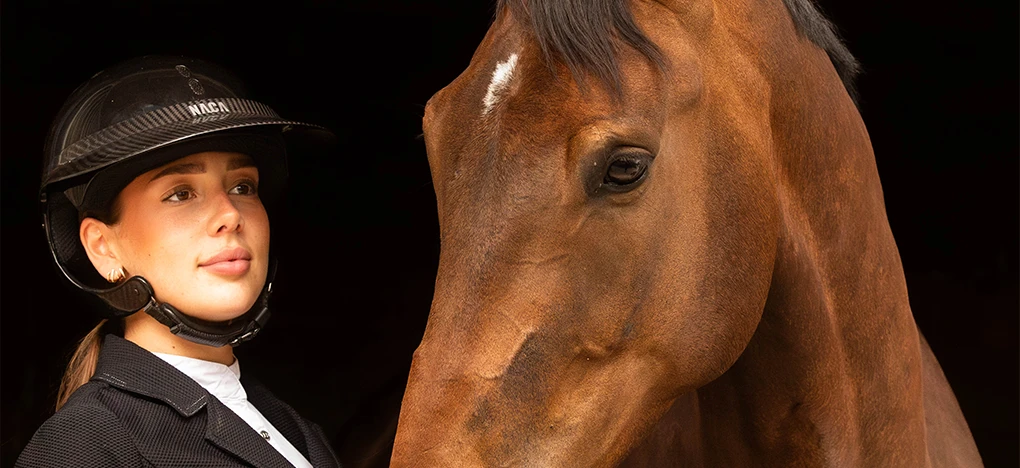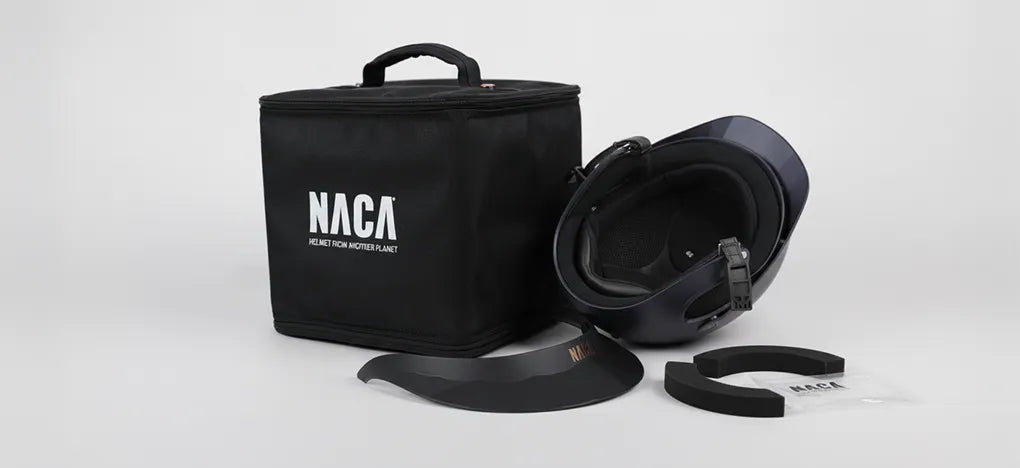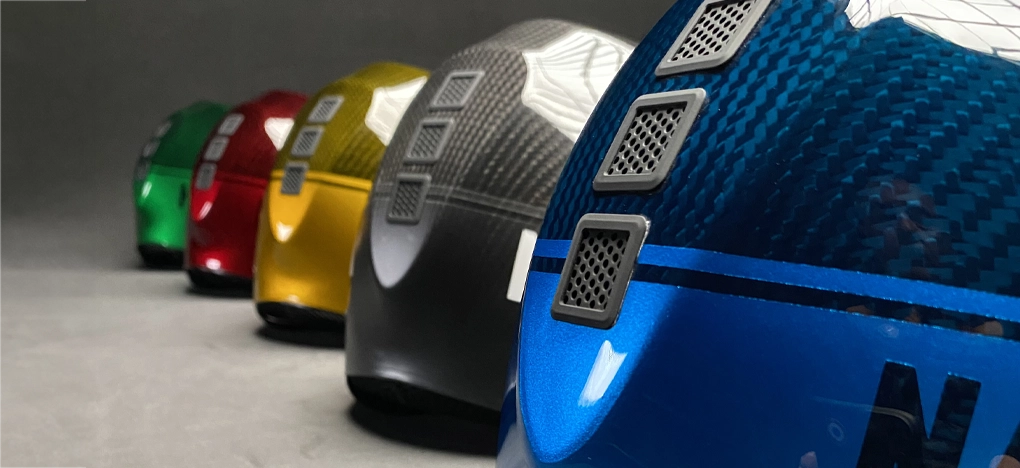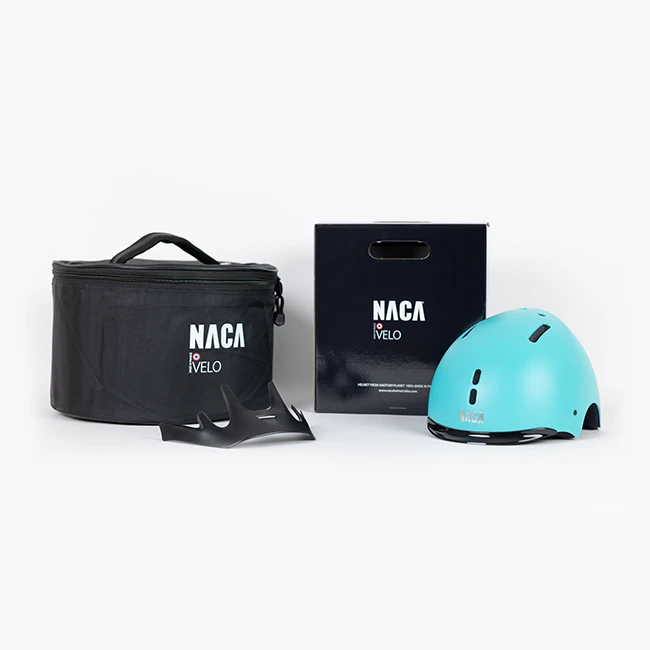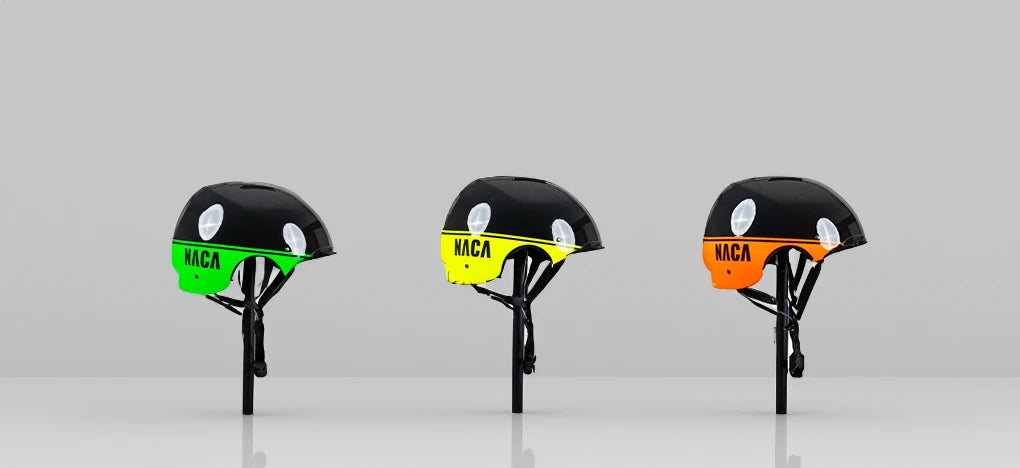Driving discipline and Tony Ecalle, leader of the NACA team
What is driving discipline?
👉 Discovery of a discipline that is still little known but which combines complicity, dexterity and performance with your horse(s):
Driving is a non-Olympic discipline, often unknown to the general public but which is of rare elegance where the harmony between the driver and his horse results in extreme complicity. There are different categories: one-horse team, two-horse team and four-horse team.
How do the driving tests take place?
They are divided into three events spread over 3 days.
✅ 1st test: training
Just like mounted dressage, under the watchful eye of a jury made up of 5 judges, the horse(s)/leader duo evolves through a sequence of mandatory figures.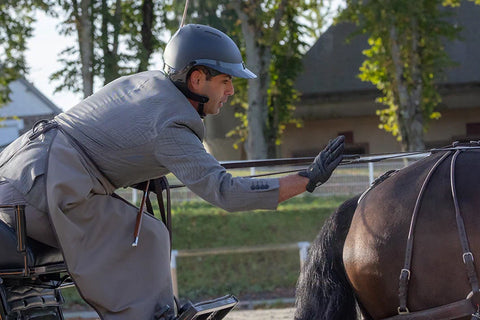
✅ 2nd test: the marathon
This is the most impressive test.
After a warm-up phase of around 7 km, the team sets off on a course punctuated by 7 obstacles with gates numbered from A to F to pass through, each representing a unique difficulty. Between flat crossings, sloping passages and “aquatic” crossings, the marathon offers a spectacle of speed and mastery.

✅ 3rd test handling
The final test and ultimate test of dexterity, handling tests the flexibility of horses after the intense effort of the marathon. Timed, this event requires the duo to have millimeter precision in passing the cones, the spacing of which defies any error. The cone spacing is 160 cm, the carriage is 140 cm!
At the end of these three tests, the tandem with the fewest penalty points wins the competition.
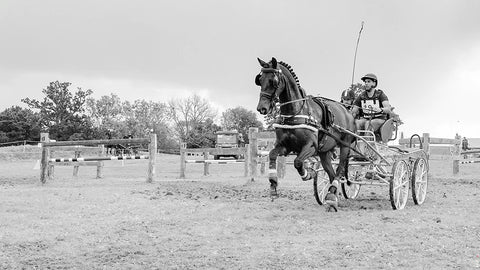
Tony Ecalle (Team NACA): portrait/interview of a champion
Tony Ecalle, a rising figure in equestrian driving, embodies passion, dedication and excellence. The very first driver of the NACA Driving team, he opens the doors to his world to us in an interview revealing behind the scenes of his career and his ambitions.
Your history: when and how did you start driving?
I started riding at the age of 7. I practiced competitive show jumping until I was 12, then I took up competitive driving at departmental level, then national level, with not very good results!
I then observed the best, and I tried to transcribe on my horses what I had been able to analyze with unfailing determination.
I did my first international in 2000 and I became a high-level athlete two years later. I perfected my skills in mounted dressage for 10 years to have more complicity and connection with my horses.
I am now a professional. I have my own facilities and horses at home. I give lessons, I train horses, I board, I do horse breaking.
Your track records:
I have numerous results in national and international competitions, a title of champion of France, and I am vice-champion of France several times.
In 2023, I am 3rd at Exloo (CAI3*), 1st at Sélestat, 4th at Haras du Pin, Vice-champion of France Elite and 6th at the Young Horses World Championship.

I'm starting the year with a nice 4th place at the Exloo international.
Your horses and their training:
I now use KWPN horses because it is a breed that corresponds well to the expectations required in competition: they are very good in dressage, fast in marathons, very good mentality: essential qualities in a pinch and competitiveness demanded by the discipline of driving.
It takes three years to train a carriage horse. The training takes place approximately 6 days a week, broken down by, in general, 1 hour on the flat (mounted or harnessed) then spending time outdoor to build condition. You must develop dressage and the relationship with your horse but also their physical and mental condition to guarantee optimal performance during competitions.
My horse is called Kensington. He is a nine-year-old KWPN gelding from Holland. I bought it on video during the confinement period. He has extraordinary qualities because he gives 100% of his energy and besides that he is an extremely nice horse. I establish a deep relationship of complicity and trust with my horses: we must become friends before competing.
What do you like about this discipline?
It is a discipline that I like because it is complete, and above all it creates an even greater bond than under the saddle because the horse cannot see because of its blinders: it must have confidence in its leader and be totally when listening, everything goes through the voice and the hand.
Your goals?
Finish in the top 10 of the world championship this year in Normandy (Haras du Pin, September 19 to 22, 2024). He is still a young horse who is only 9 years old.
Is wearing a helmet compulsory when driving?
Although optional in dressage, it is imperative in marathon and handling. I am aware of the safety issues, I think it will be mandatory in the future.
Tony wears the Gravity XP Matte Black, large Glow visor, with the carbon chin strap which clears the face and provides maximum visibility. He likes its lightness, its comfort and the fact that it is made in France.
He will wear a helmet in the French colors, glow blue with white and red edging (to discover HERE) for the world championships in September.
Through his passion, his determination, the complicity and respect for his horses, he is a perfect ambassador of TEAM NACA sharing our values.
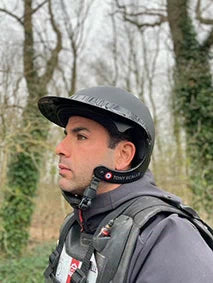
© Mélanie Guillamot et Julie Nauche, all rights reserved
Follow Tony Ecalle 👉 Tony Ecalle 🇫🇷 A-TEAM (@ecalletony) • Photos et vidéos Instagram




